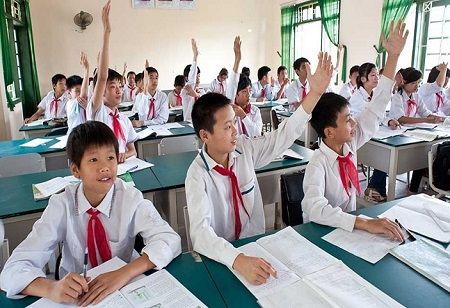Vietnam is taking bold steps to enhance its appeal as a hub for international education, aiming to increase the proportion of foreign students to 1.5% of the total student population by 2030, up from the current 0.5%, according to a British Council report. The country also seeks to improve its global education ranking, targeting inclusion of its universities in the top 500 worldwide and the top 200 in Asia, where currently only four Vietnamese universities are listed.
To achieve these goals, Vietnam plans to establish over 20% of its joint training programs in partnership with top 500 global universities and accredit more than 20% of its higher education offerings through prestigious international bodies. The government’s roadmap includes introducing two new branch campuses of globally ranked institutions and fostering collaborations, with over 80% of Vietnamese universities engaging in joint research with international partners.
Key initiatives include the 'Resolution 57-NQ/TW', which outlines strategic targets for education, science, research, and innovation development by 2030, with a vision extending to 2045. The plan emphasizes raising research and development (R&D) investment to 2% of GDP, achieving a 10% annual growth in international publications, and increasing translation outputs by up to 10% yearly.
Priority research areas include artificial intelligence, big data, blockchain, quantum technology, nanotechnology, and 5G and 6G communications. Complementary policies, such as 'Decision 1705/QĐ-Ttg' and 'Decision 1600/QD-Ttg', focus on education development strategies and international integration in education, respectively.
Efforts to establish English as the second language within the education system align with Vietnam’s aspiration to become a central education hub in Southeast Asia, rivaling Singapore and Malaysia. The British Council report highlights Vietnam’s growing reputation as a key study destination for students from neighboring countries, including Laos, Cambodia, and China.
Vietnam’s international student recruitment drive coincides with its strong presence in the Southeast Asian education market, where it accounts for 37% of the region’s share, ahead of Malaysia and Indonesia, each with 16%. Currently, approximately 140,000 Vietnamese students are pursuing higher education abroad, contributing to the country’s role as both a source market and an emerging destination for global education.
By aligning education strategies with innovation and global collaboration, Vietnam aims to position itself as a leader in regional and international education by 2030.

